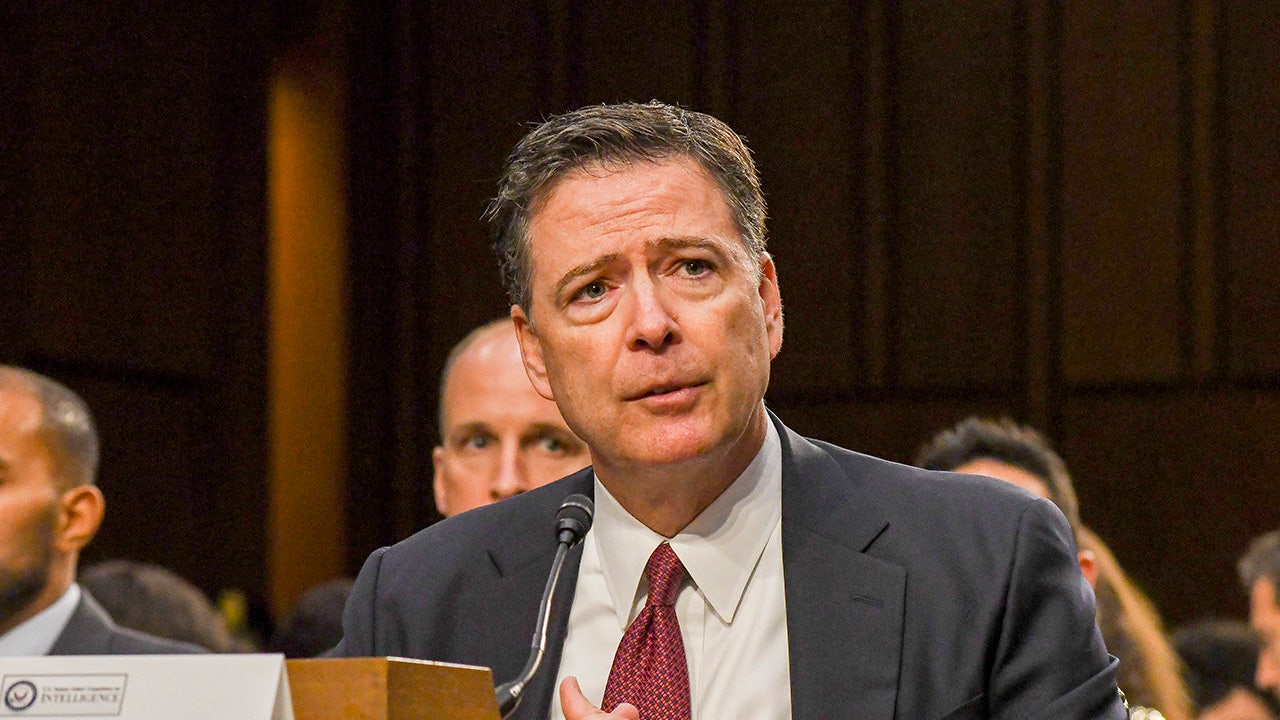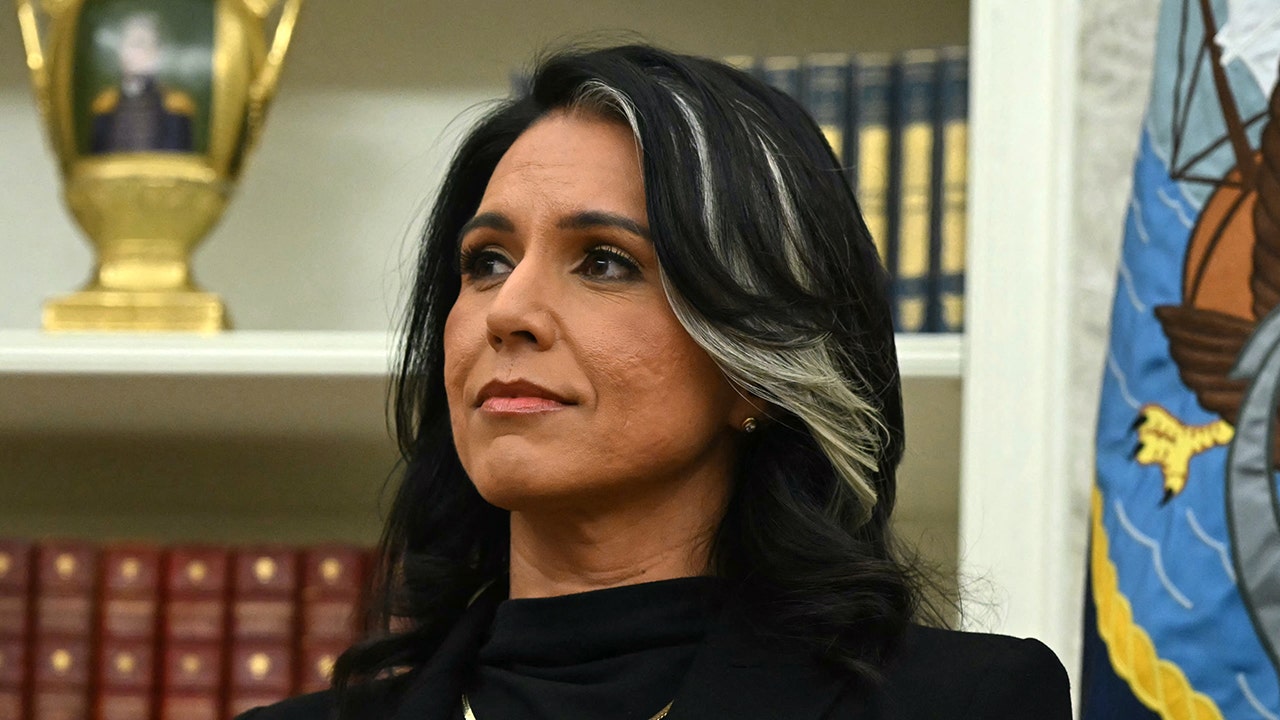Federal Reserve officials were at odds over the US central bank’s decision to lower interest rates by a half-point last month, according to a record of the meeting released on Wednesday.
Minutes from the September meeting indicated support for a gradual pace of rate cuts in future, but showed some divisions across the Federal Open Market Committee as the central bank embarked on its first easing cycle since 2020.
September’s rate decision, which lowered the policy rate to 4.75-5 per cent, was not unanimous, with Michelle Bowman becoming the first governor to dissent since 2005. She argued that a more “measured” quarter-point cut would “avoid unnecessarily stoking demand”.
The minutes, released on Wednesday, showed that some participants preferred a quarter-point cut, with “a few others” indicating they could have supported a move of that size instead of the larger-than-usual half-point cut.
“Several participants noted that a 25 basis point reduction would be in line with a gradual path of policy normalisation that would allow policymakers time to assess the degree of policy restrictiveness as the economy evolved,” the minutes said.
It would also signal “a more predictable path of policy normalisation”, a few people said, according to the minutes.
Officials supporting the half-point move — which the minutes showed had the support of a “substantial majority” — said it would “help sustain the strength in the economy and the labour market while continuing to promote progress on inflation, and would reflect the balance of risks”. Many of those officials thought a quarter-point cut in July — when the Fed held off any move — would have been “plausible”.
The Fed’s “dot plot” of officials’ individual rate projections, released at the meeting last month, showed most saw another half-point worth of cuts this year and more in 2025 when rates were estimated to drop to 3.25-3.5 per cent.
The minutes did not suggest support for another large rate cut, hinting instead that US central bankers were inclined to gradually lower rates to a “neutral” setting that no longer crimps growth.
“Participants anticipated that if the data came in about as expected, with inflation moving down sustainably to 2 per cent and the economy near maximum employment, it would likely be appropriate to move toward a more neutral stance of policy over time,” the minutes said.
Since the meeting, top Fed officials have signalled little urgency for another half-point cut at the next meeting in November, especially after a bumper jobs report for September.
That report quelled fears that the US was heading for recession and boosted the odds that the Fed would get inflation back to its 2 per cent target with minimal job losses.
In an interview with the Financial Times this week, New York Fed president John Williams said officials’ projections for smaller cuts in the coming meetings was a “very good base case”.
Chair Jay Powell has also said that the policy-setting Federal Open Market Committee was “not a committee that feels like it’s in a hurry to cut rates quickly”.
On Wednesday, Dallas Fed president Lorie Logan also backed the Fed cutting rates “gradually”, citing “meaningful risk that inflation could get stuck above our 2 per cent goal”.
The Fed will next meet just days after the US presidential election and then again in mid-December. The central bank will on Thursday receive its final inflation report before the country votes.
Economists forecast that the annual inflation rate in the consumer price index fell to 2.3 per cent last month, the lowest level since February 2021.
Services-related inflation has been more stubborn, keeping the “core” measure, which strips out volatile food and energy items, more elevated. That gauge is expected to have steadied at 3.2 per cent in September.



























